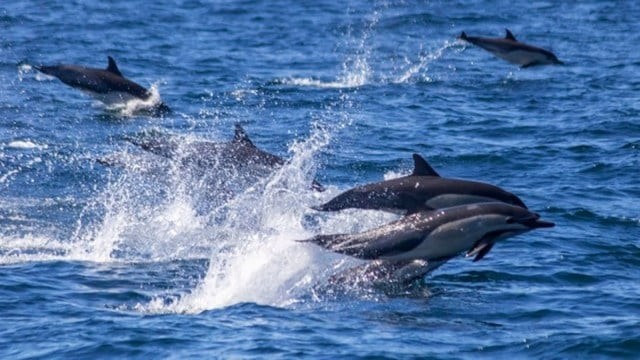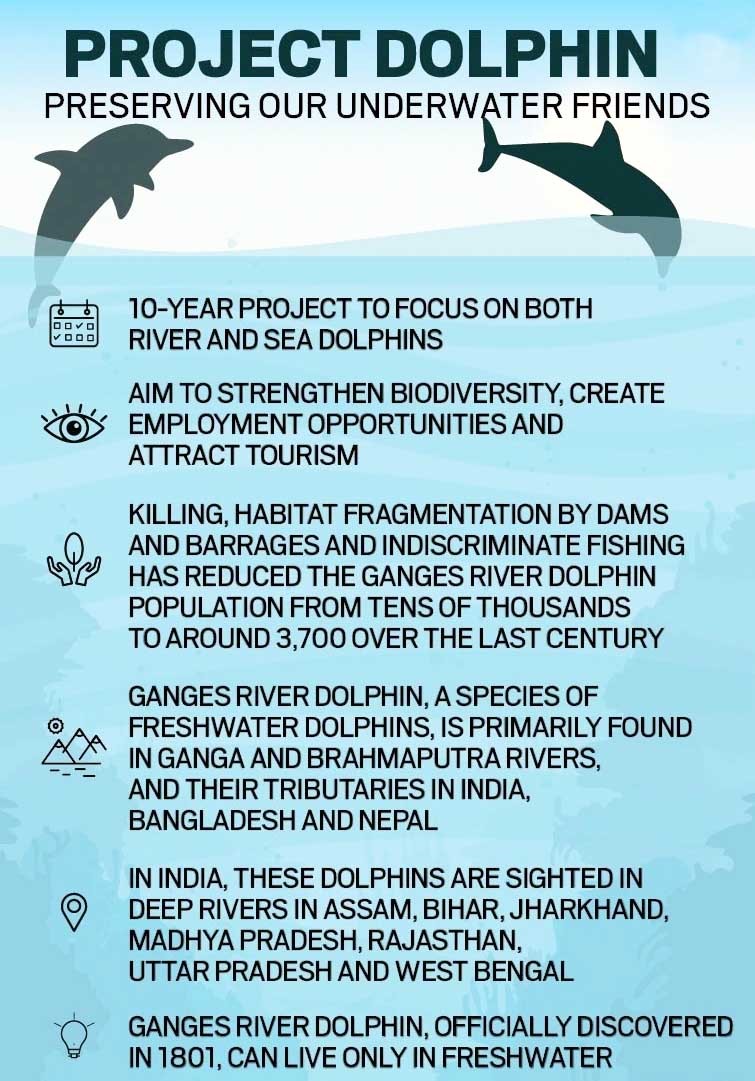Free Courses Sale ends Soon, Get It Now


Free Courses Sale ends Soon, Get It Now



Disclaimer: Copyright infringement not intended.
Context
Project Dolphin

Activities and Goals
READ ABOUT GANGETIC DOLPHINS:
https://www.iasgyan.in/daily-current-affairs/gangetic-dolphin-47
https://www.iasgyan.in/daily-current-affairs/gangetic-dolphin
Why is it important to save dolphins?
Have other governments used aquatic life as an indicator of the health of a river system?
|
PRACTICE QUESTION Q. Globally governments have used aquatic life as an indicator of the health of a river system. Why is it important to save dolphins in this context? Discuss Project Dolphin. |
© 2024 iasgyan. All right reserved